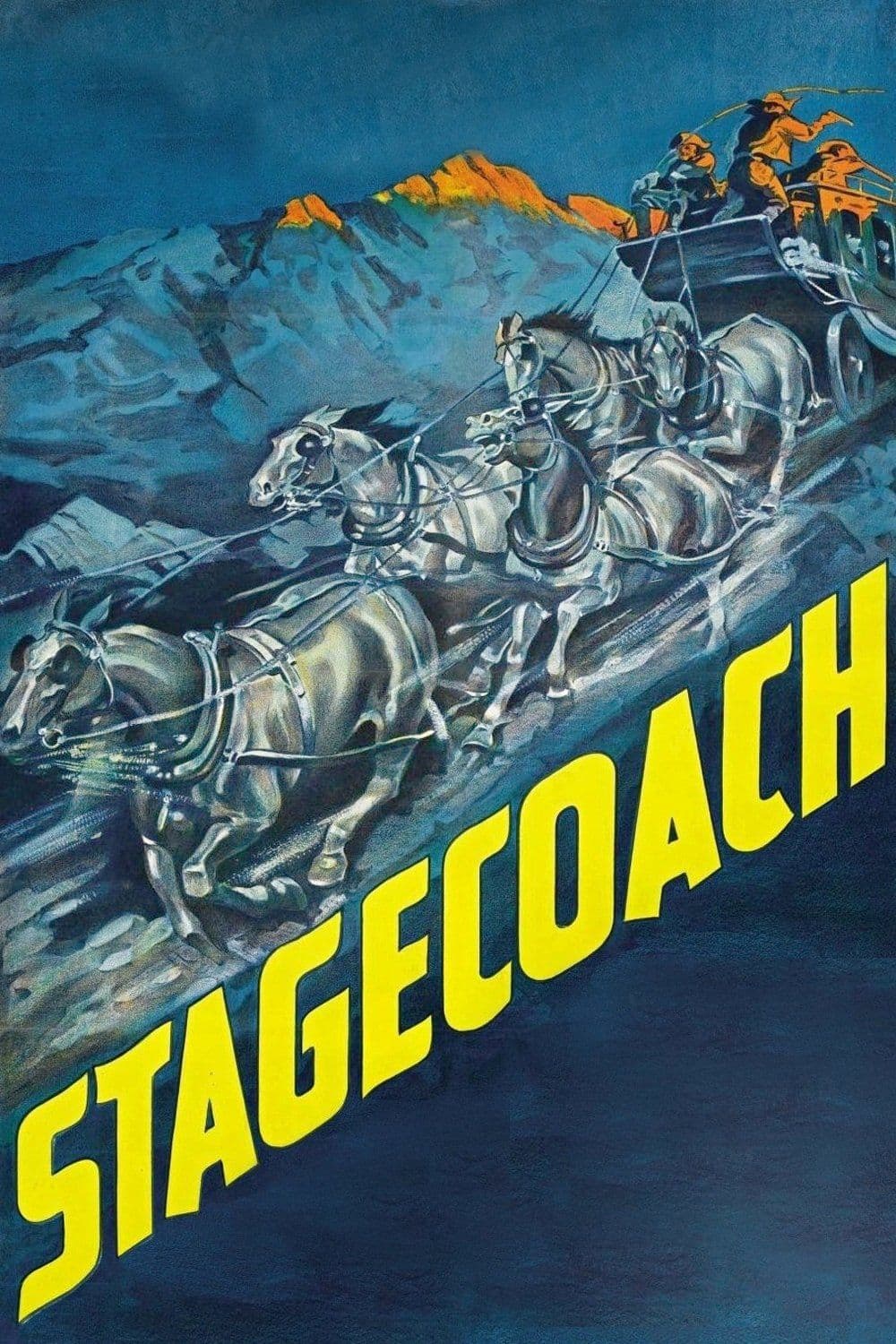
Stagecoach
1939
Rate this movie
Average: 5.00 / 5
(2 votes)
Director
The West races fast around a stagecoach pursued by Indians.
The stagecoach, a microcosm of American society, becomes a mobile stage where the stories of characters from diverse social and moral backgrounds intertwine, united by a common destiny and the need to confront their own limits and fears.
Ford, with his sensitivity to landscape and the human spirit, creates a work of great visual power and profound emotional resonance.
A film that transforms into an archetype and becomes a symbol of pioneering art and worldview.
A truly innovative work, starting from the long takes with which the stagecoach attack is filmed and the real-time chronological progression of the strenuous defense and escape plans.
A chase that becomes the horizon in which the entire film moves and in which the characters struggle as if in a confined space.
The story features a group of people with different pasts and destinies who find themselves sharing a journey aboard a stagecoach bound for Lordsburg.
Among the passengers are: Ringo Kid (John Wayne), an outlaw seeking revenge; Dallas (Claire Trevor), a prostitute ostracized by "respectable" society; Lucy Mallory (Louise Platt), a pregnant woman going to meet her military husband; Doctor Boone (Thomas Mitchell), an alcoholic doctor; banker Gatewood (Berton Churchill), a corrupt man on the run with the bank's money; and the salesman Samuel Peacock (Donald Meek), a timid whisky salesman.
Their journey is fraught with danger: in addition to the threat of Apache Indians, the passengers must confront their social differences, their prejudices, and their secrets.
Along the way, Ringo and Dallas fall in love, while the other characters reveal their vulnerabilities and contradictions through sharp exchanges with other passengers.
The arrival in Lordsburg marks the end of the journey and the beginning of a new life for some of them.
Ford's genius makes us precisely relive their sense of oppression, their growing anguish, their desperate attempt to survive at any cost.
Innovative and brilliant is the concept of movement, which is filmed from every angle to convey a sense of exacerbated dynamism, of a perpetual race against time.
Ford creates a revolutionary work for its use of long takes, a technique that was not common at the time in classic Hollywood cinema, dominated by rapid and fragmented editing.
Ford, instead, chooses to use long shots without cuts, creating a sense of realism and immersion in the space and time of the narrative.
The sequence of the Apache attack on the stagecoach is a masterful example of a long take.
The camera follows the moving stagecoach, showing the arrival of the Indians, the fleeing horses, the gunfights, and the reactions of the passengers, all in a single fluid and dynamic shot.
This creates an unprecedented sense of tension and realism, making the viewer feel as if they were present on the stagecoach during the attack.
Ford also uses long takes to show the majestic beauty of Monument Valley, the iconic landscape of the American West.
The camera moves slowly, framing the imposing rock formations and the stagecoach moving through this epic scenery.
This creates a sense of grandeur and solemnity, highlighting the mythical dimension of the West.
The innovative use of long takes in Stagecoach has influenced many subsequent directors, helping to spread this technique in world cinema.
Directors like Orson Welles, Akira Kurosawa, and Sergio Leone clearly owe a debt to this work.
Stagecoach is a film that forever changed the western genre, introducing elements of psychological depth and social criticism that have influenced many subsequent works.
Ford creates a perfect balance between action, drama, and romance, giving rise to a film of great emotional and visual depth.
The use of the moving landscape, with its vast prairies and imposing mountains, helps to create an atmosphere that is both epic and intimate.
A film of shocking modernity that is still a source of inspiration for many filmmakers who try their hand at the western genre (and one's mind immediately goes to Tarantino's Django and Hateful Eight, or the Coen brothers' True Grit, or Iñárritu's The Revenant).
Ford's West races fast through the imagination of all who love Cinema..
Country
Gallery

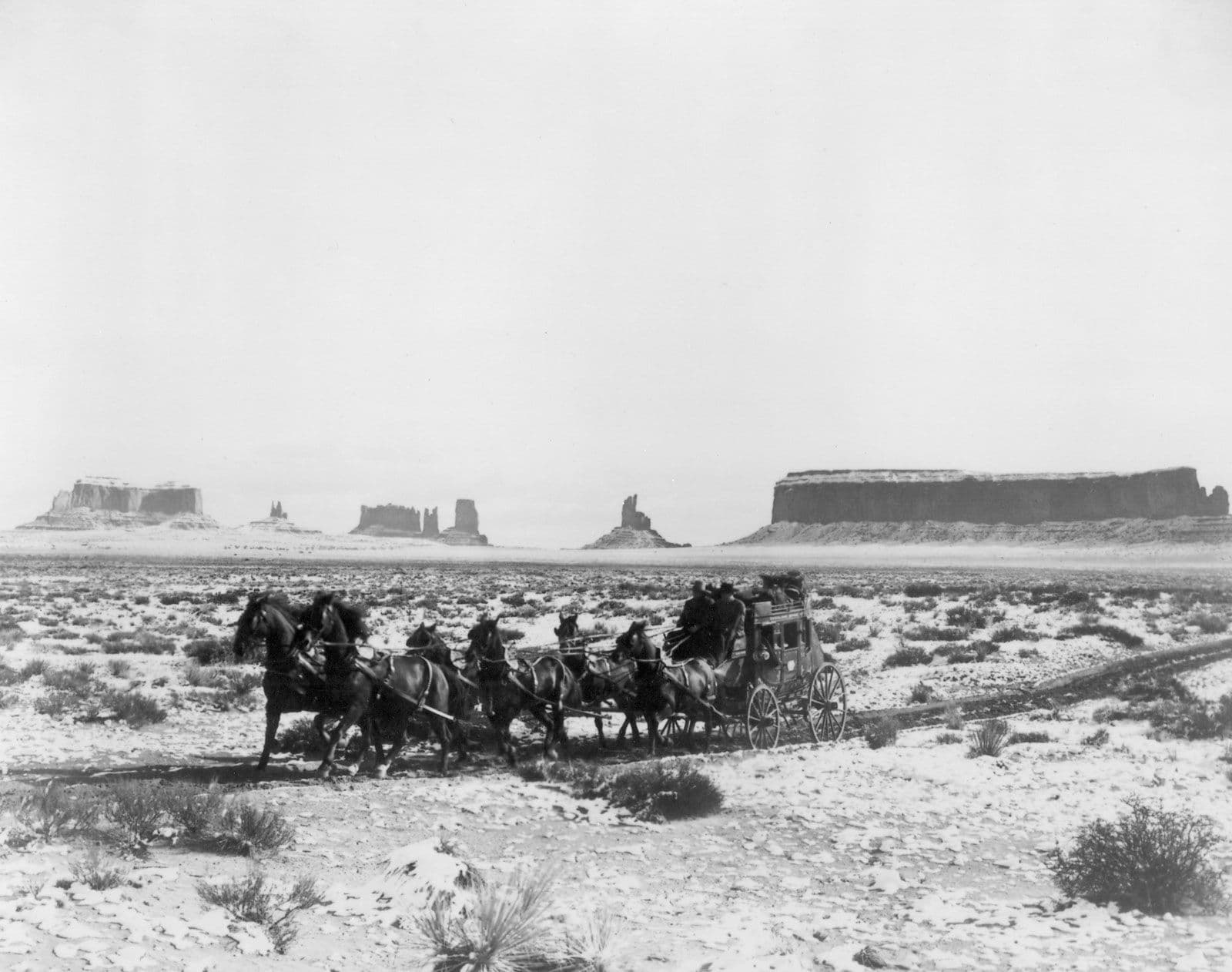
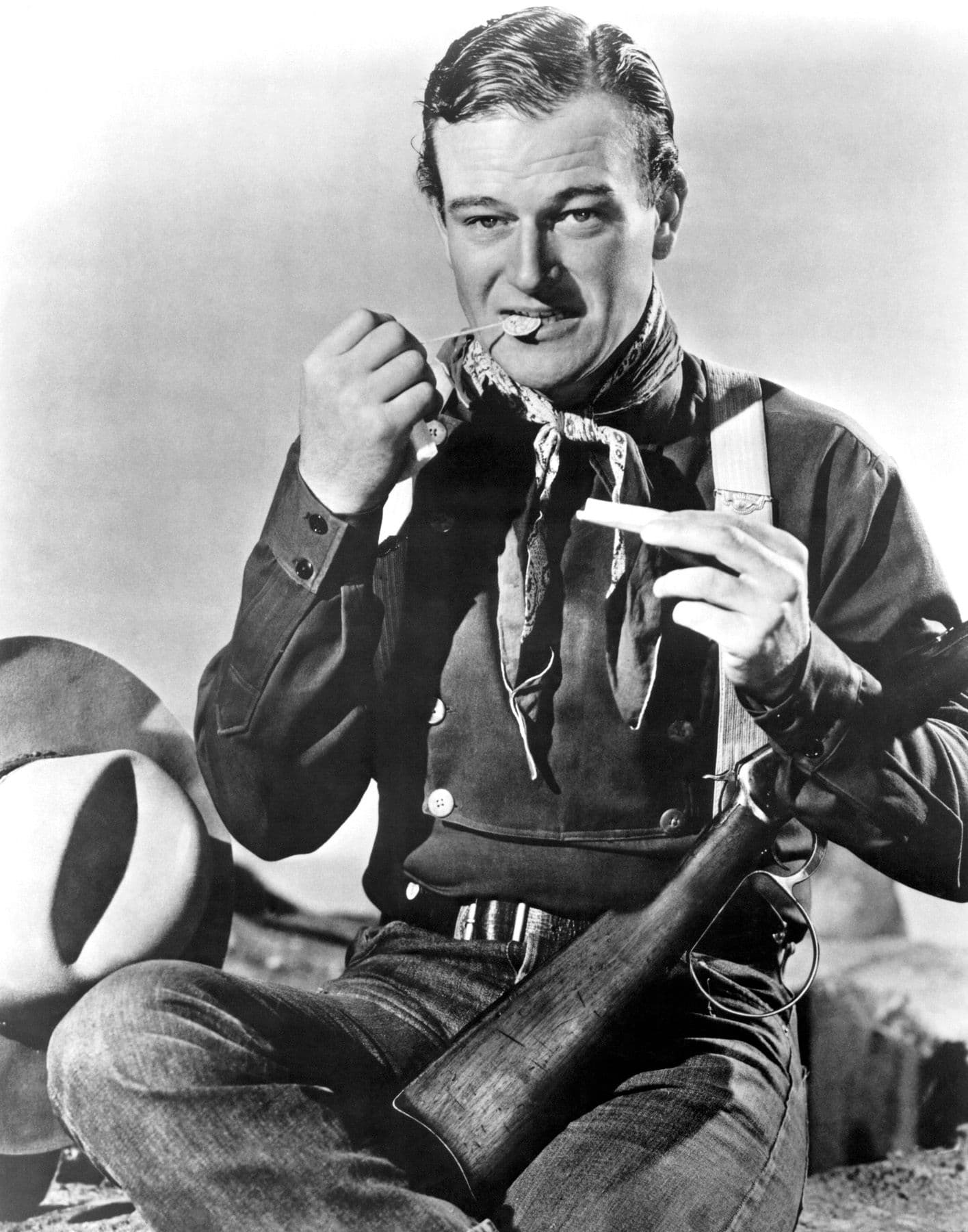
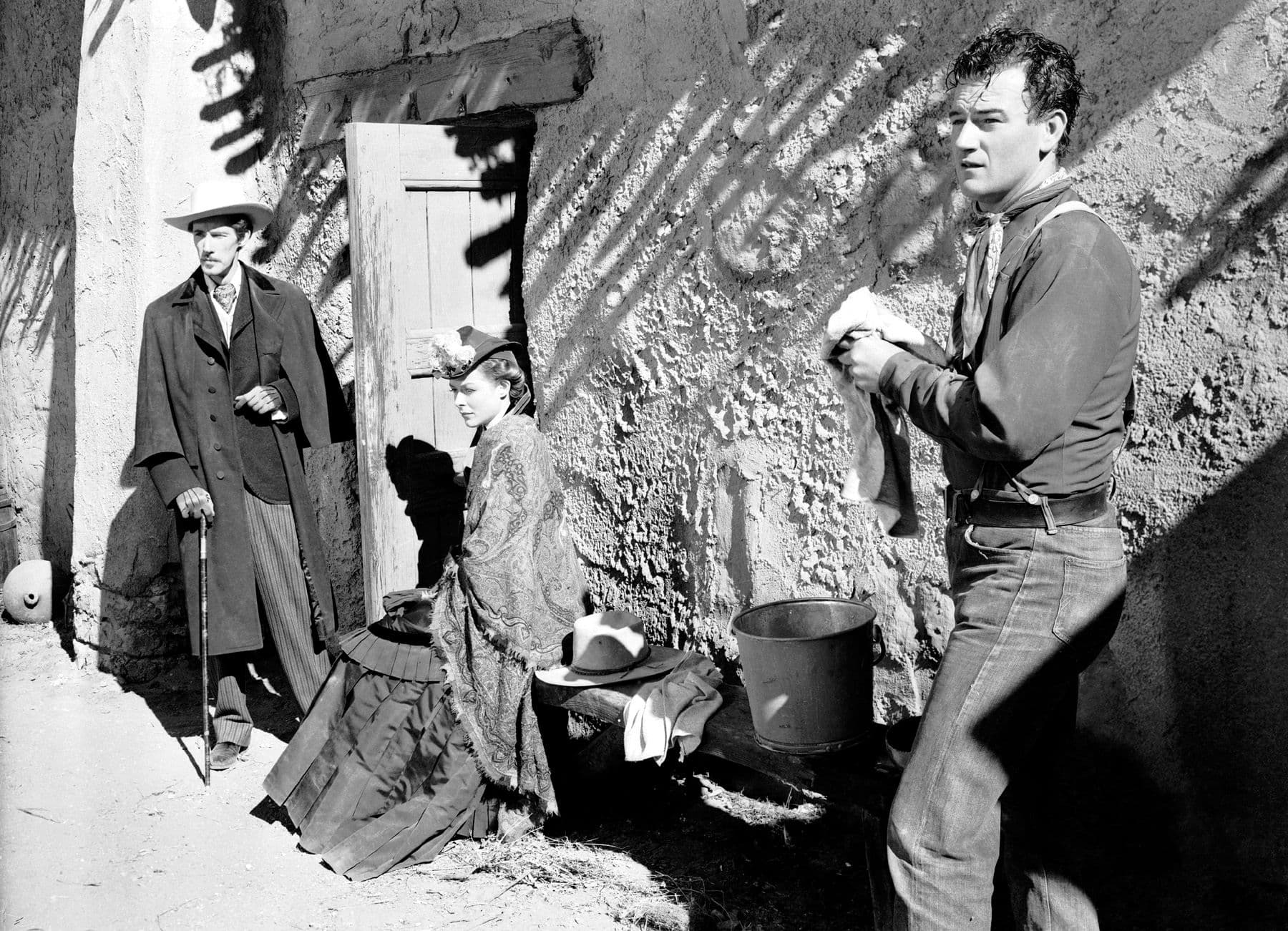
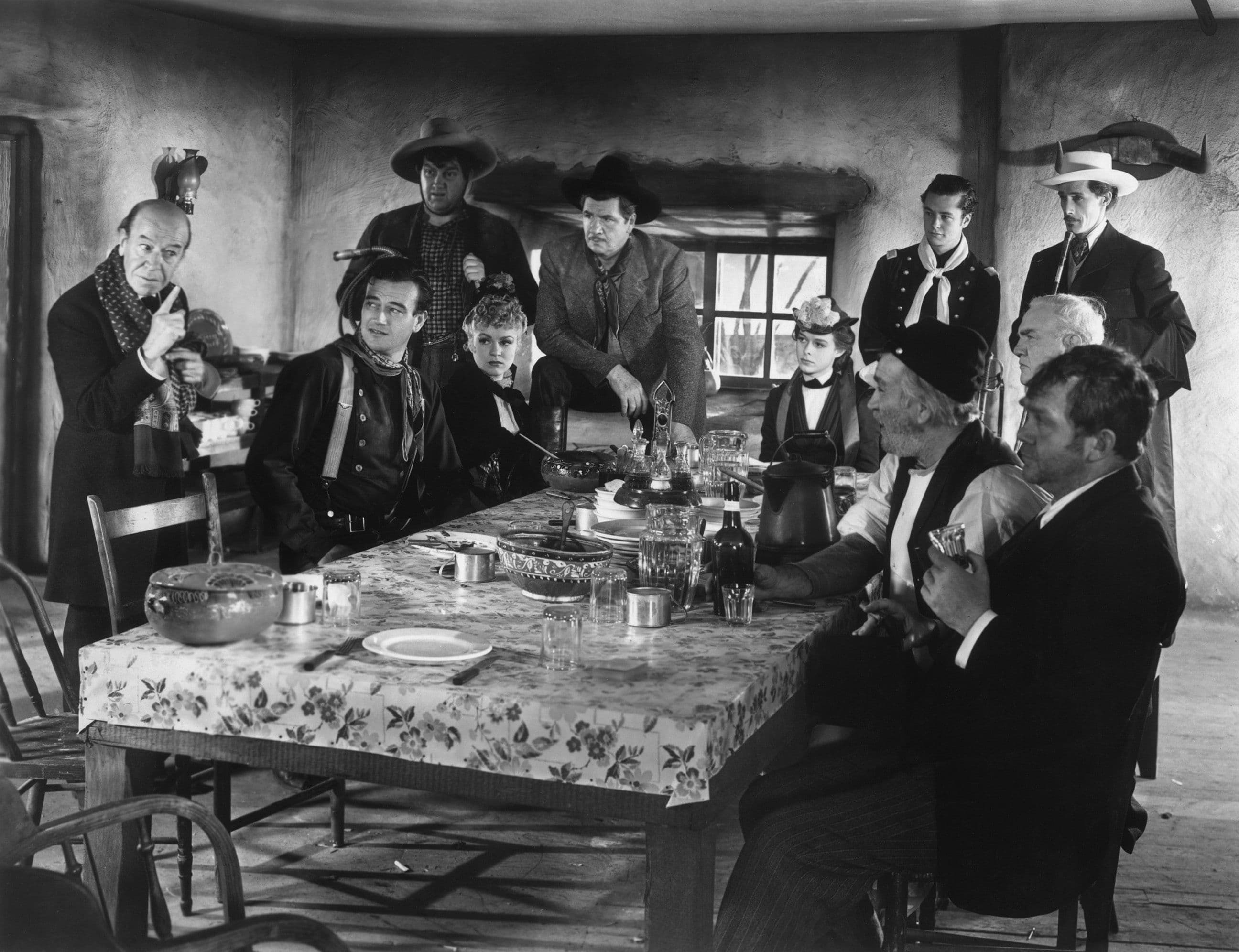
Comments
Loading comments...